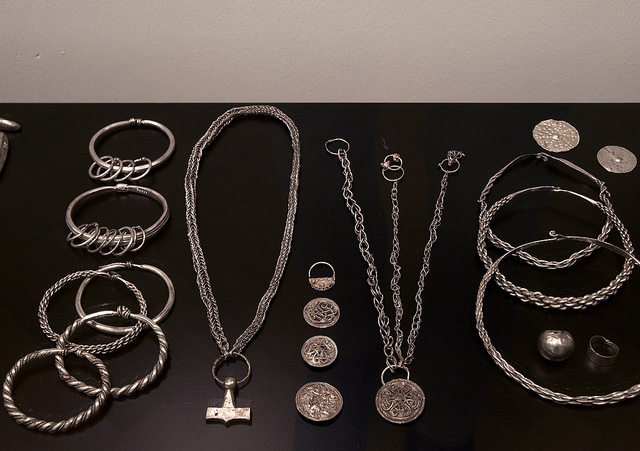
I will write a number of post on some of the more interesting items I learned from Robert Ferguson in his book The Vikings – A History.
Dating the start and end of the Viking Age.
He makes a number of interesting points in his opening chapter. For example there are multiple ways to define the start of the Viking age and multiple ways to define the end. Different writers and people groups have defined the end in 1016, 1020, 1066, , or even as late as 1263 (p 3).
The author’s more status-based definition is that at the start of the Viking age generally speaking all of the Scandinavian people were pagans (he uses the word heathens). By the end of the Viking age essentially all Scandinavians were Christians.
Watch out for agendas
Another interesting point is he asserts most writers and historians have agendas when writing about the Viking age.
Most of what we know comes from Christians who were victims of the Vikings, which certainly gives them an agenda. Author points out the Norwegian, Swedish, and Danish historians writing in the late 1800s and early 1900s had nationalistic agendas behind what they were writing. He even points out the agendas of Snorri Sturluson and other early writers, which was to make their ancestors look good. There’s also a revisionist school that says the Vikings weren’t all that violent, sort of like they were just out on a lark and stole a bunch of stuff.
Author says goal for the book is to bring back a focus on the violence of the age.
Cosmology, or view of the universe
In chapter 2 Robert Ferguson provides a different description of Viking cosmology that I have seen before. He says their view was the world consisted of a flat disk, divided into three concentric regions. The center area was as Asgard, where the Aesir (gods) lived. Each of the gods had their own home. Odin’s was Valhalla, Thor Trudheim, Freyja Folkvang. The middle area was Midgard, where humans lived. Utgard, the outer area is a place of chaos inhabited by Giants and other creatures. The vertical axis of the flat world was the Yggdrasil ash tree. Between Midgard and Utgard was a sea, which was home to the enormous serpent.
Author says there is some archaeological evidence for human sacrifices during the Viking age. Some of that is subject to interpretation. There are a number of graves that contain indications of sacrifice, with an apparent wealthy person with weapons and with an apparent slave who was either bound or decapitated.
Ethics based on shame
Author points out ethics in the Viking Age were based on strong emphasis on shame and honor.
Many arrangements required a large number of witnesses which would make it very difficult to walk away from a deal without substantial shame.
Interesting distinction between manslaughter and murder seems to be based on shame. If someone has committed manslaughter the person was required to declare the incident in front of witnesses within a specific time. A person was allowed to announce it at the next house they past, with the exception that they could pass two houses (not three, just two) if they thought a relative of the victim lived there.
Following the announced rules in the required timeframe would change the death from murder to manslaughter. That meant the person would only be liable for compensation instead of vulnerable to retaliation.